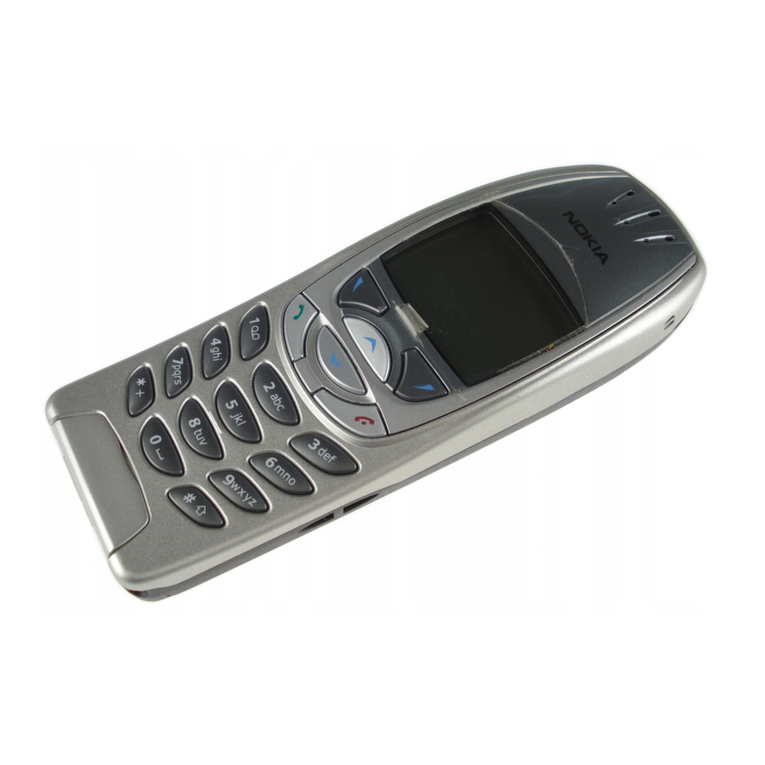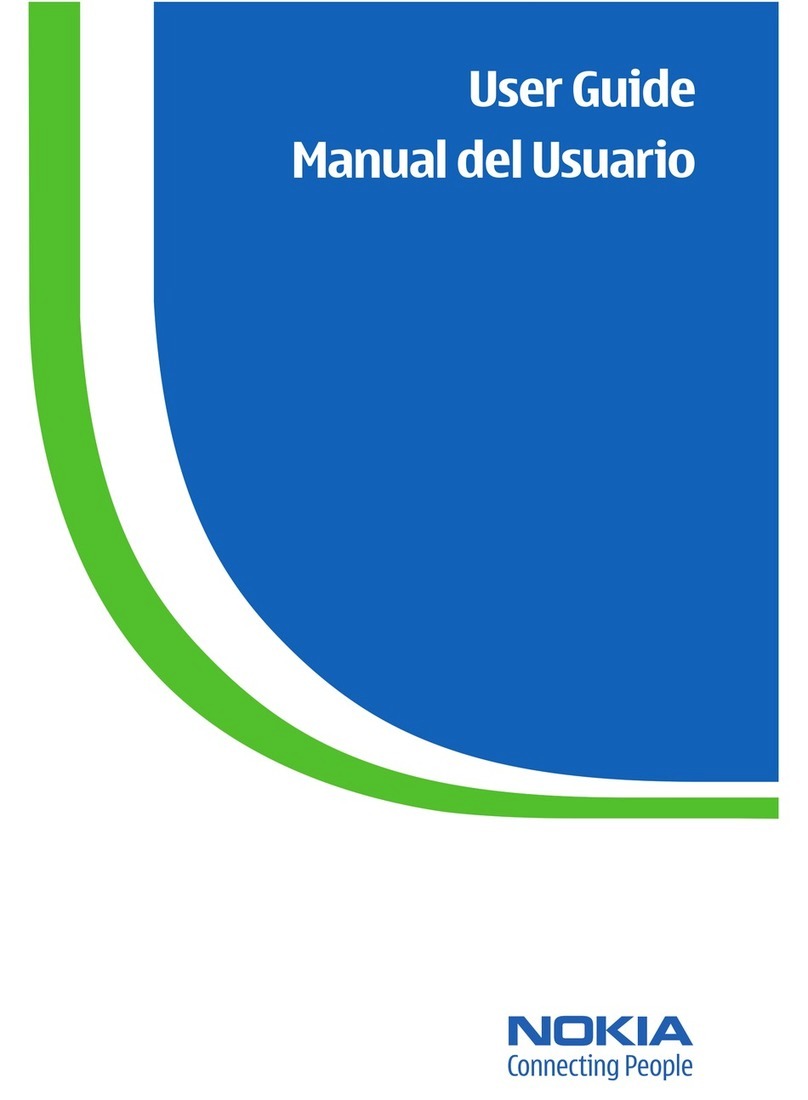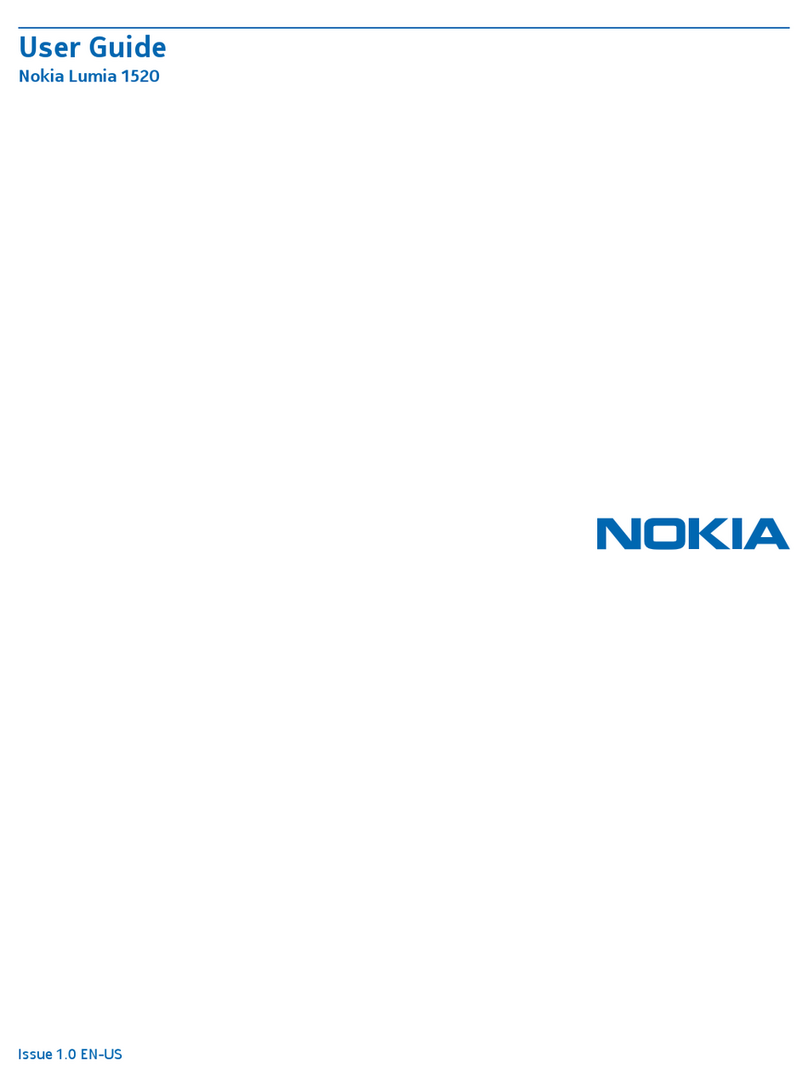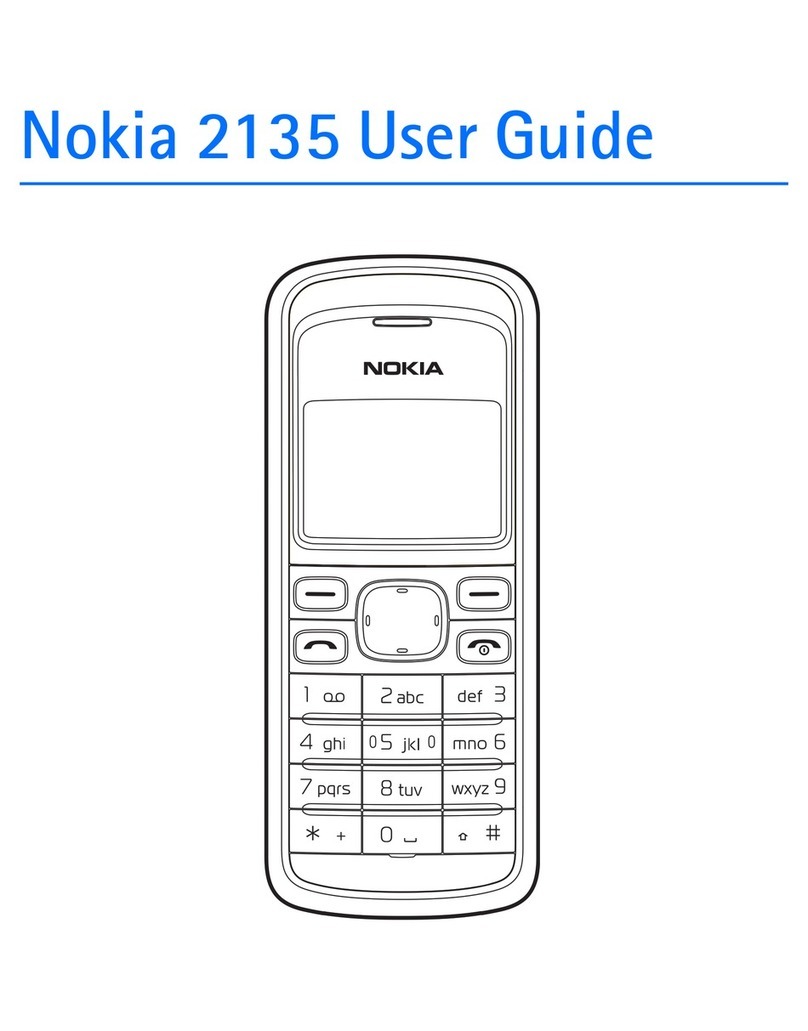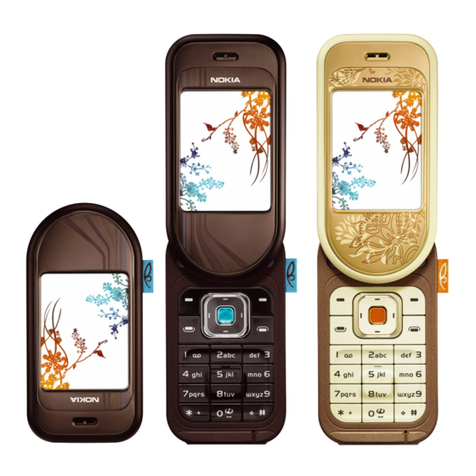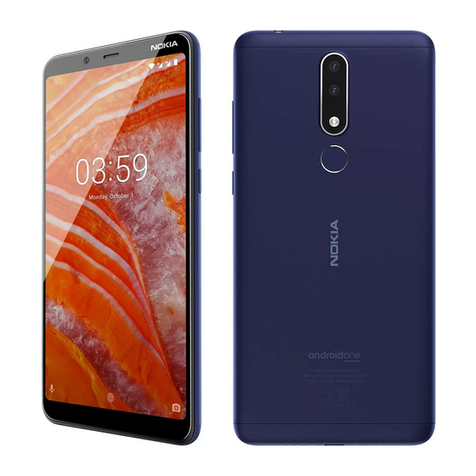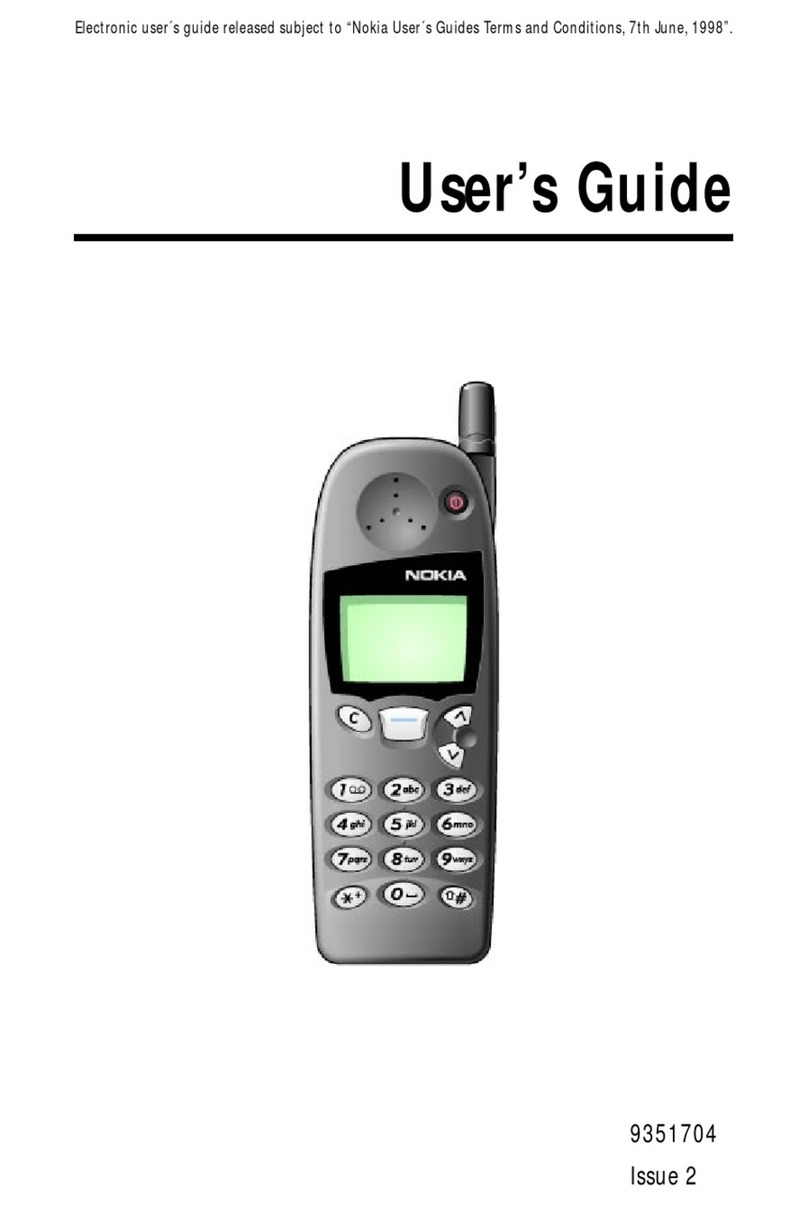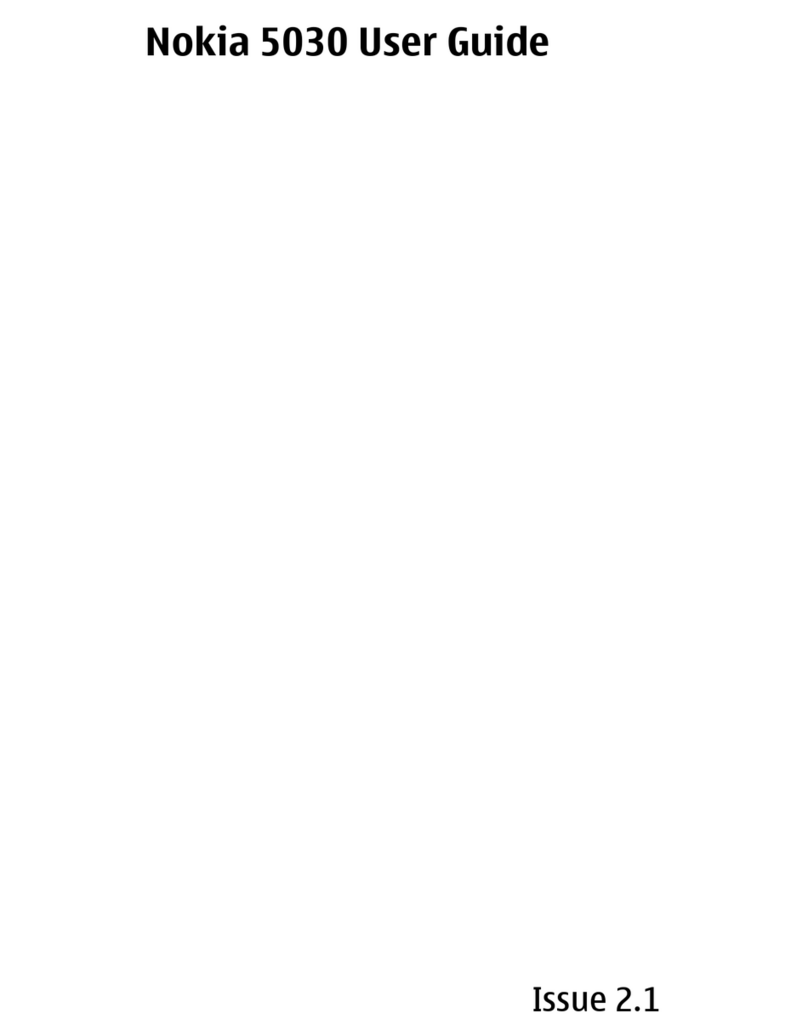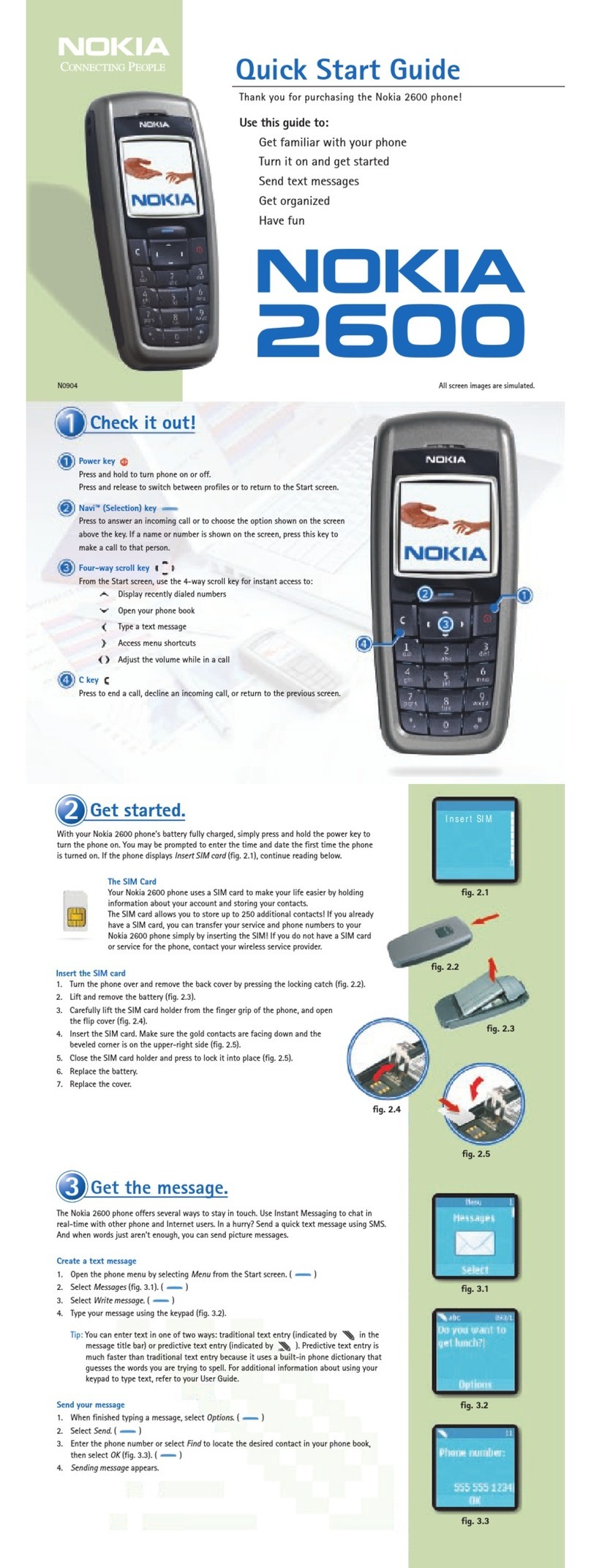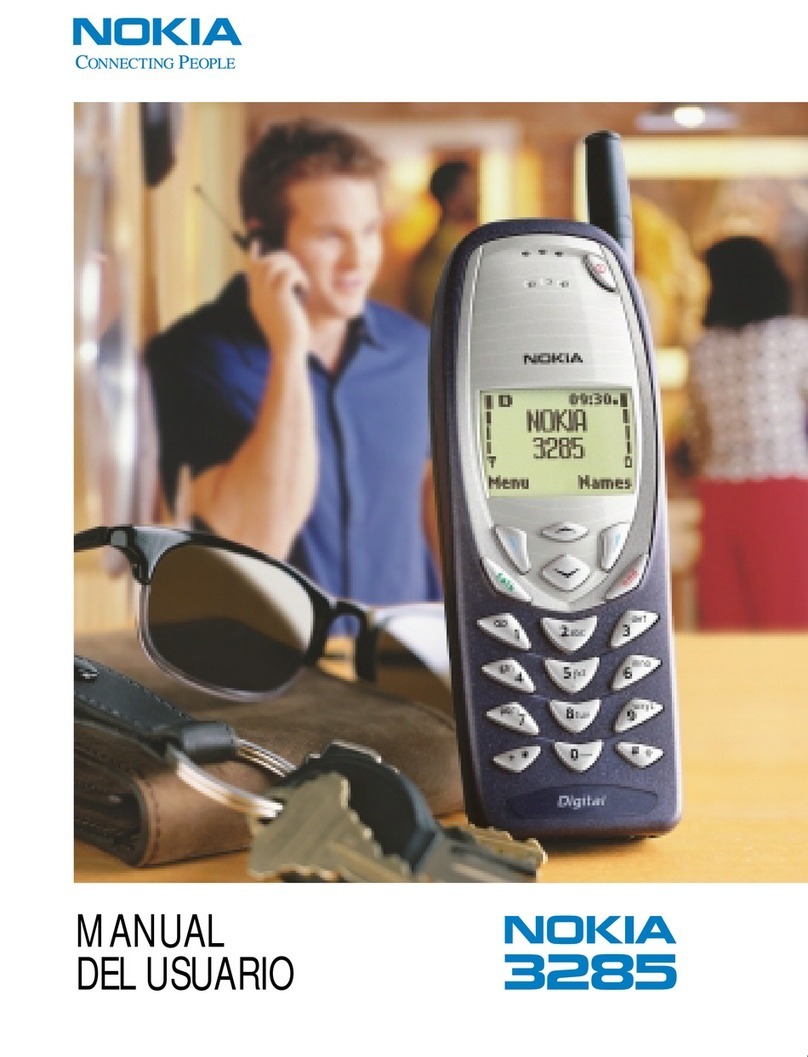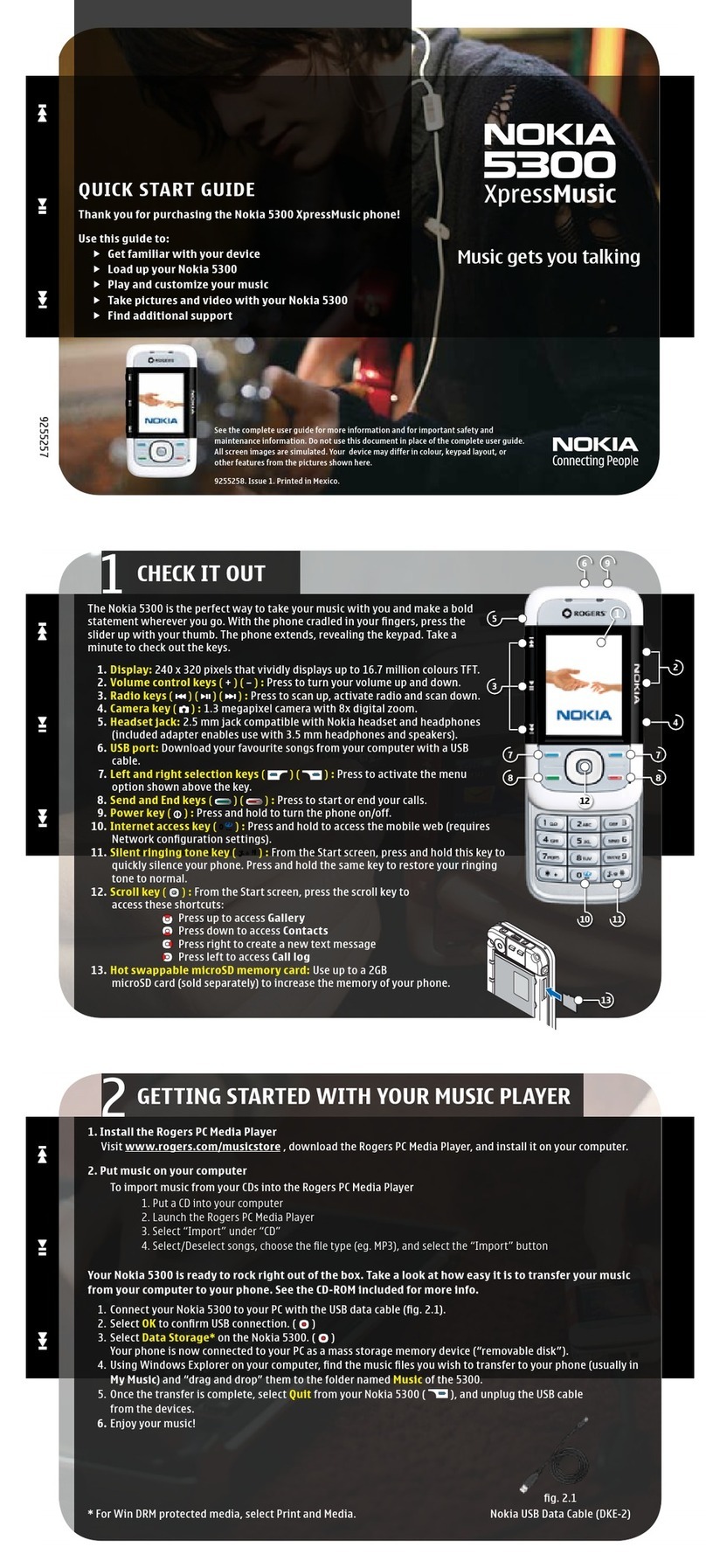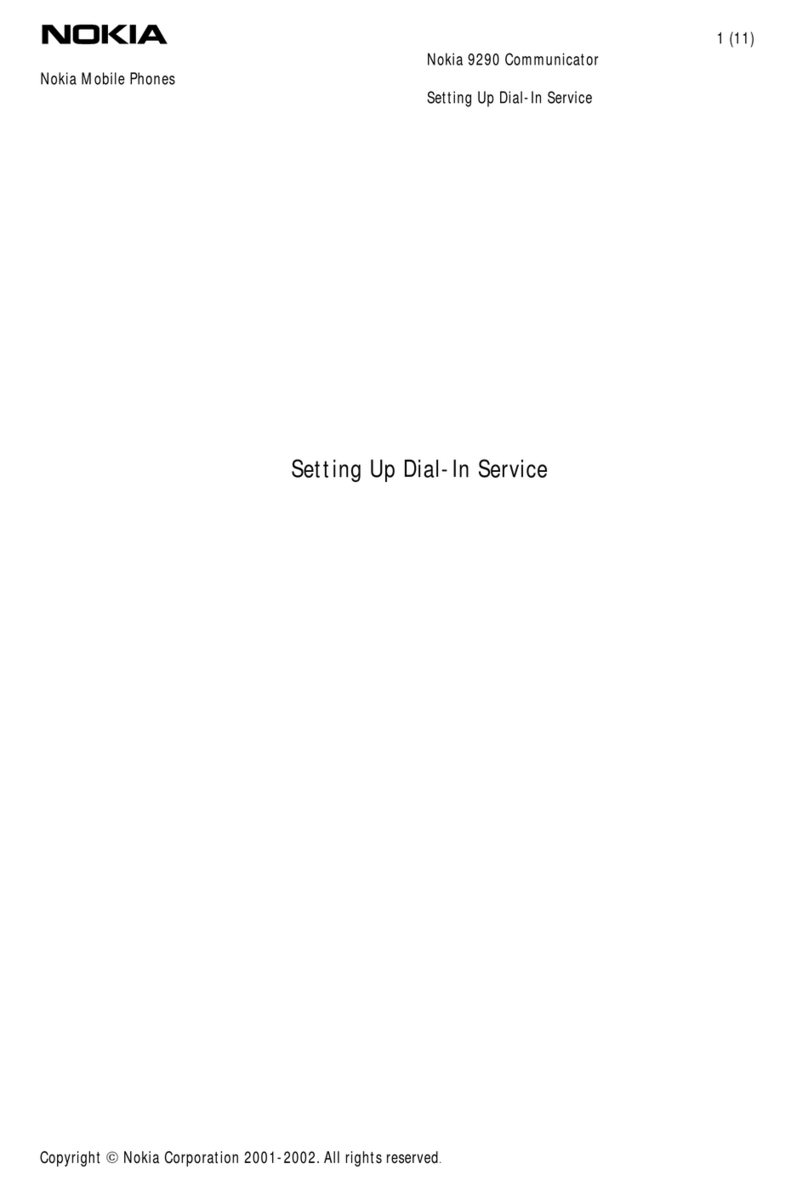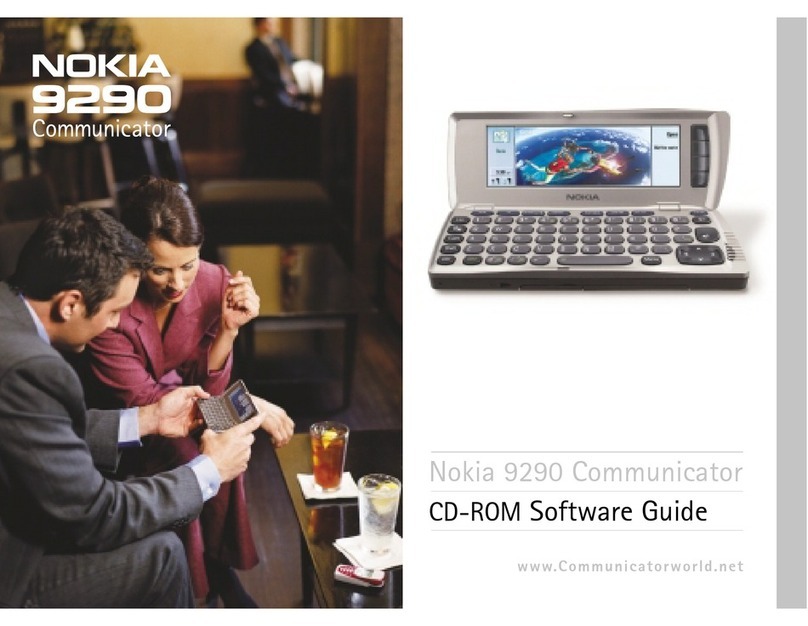
10
Positioning (GPS)
The Global Positioning System (GPS) is a worldwide radio
navigation system that includes 24 satellites and their
ground stations that monitor the operation of the
satellites. Your device has an internal GPS receiver.
The accuracy of location data can be affected by poor
satellite geometry. Availability and quality of GPS signals
may be affected by your location, buildings, natural
obstacles, and weather conditions. The GPS receiver
should only be used outdoors to allow reception of GPS
signals. The first fix takes several minutes.
The GPS receiver
is located at the
top of the device.
When using the
receiver, from an
upright position,
move the device
to an angle of
about 45 degrees
with an
unobstructed view of the sky.
Your device also supports Assisted GPS (A-GPS) (network
service). A-GPS is used to retrieve assistance data over a
packet data connection, which assists in calculating the
coordinates of your current location when your device is
receiving signals from satellites.
Any GPS should not be used for precise location
measurement, and you should never rely solely on location
data from the GPS receiver and cellular radio networks for
positioning or navigation.
Maps
With Maps, you can see your current location on the map,
browse maps for different cities and countries, search for
addresses, and plan routes. The map coverage varies by
country. To open the Maps application, press , and select
Maps.
When you open Maps, it zooms in to the location that was
saved from your last session.
Almost all digital cartography is inaccurate and
incomplete to some extent. Never rely solely on the
cartography that you download for use in this device.
Download maps
Nokia Map Loader is a PC software that you can use to
download and install maps for different countries to your
device from the internet. To use Nokia Map Loader, you
must first install it to a compatible PC. You can download

